Increased Defense Budgets
The air missile-defense-radar-system market benefits from the upward trend in defense budgets across various nations. In 2025, the US defense budget is expected to exceed $800 billion, with a significant portion allocated to missile defense programs. This financial commitment underscores the importance of air defense systems in national security strategies. As countries prioritize military readiness, the air missile-defense-radar-system market is likely to see increased procurement of advanced radar technologies. This trend indicates a robust growth trajectory for the market, as governments seek to enhance their defensive capabilities.
Rising Geopolitical Tensions
The air missile-defense-radar-system market experiences heightened demand due to increasing geopolitical tensions. Nations are investing in advanced defense systems to safeguard their airspace against potential threats. For instance, the US has allocated approximately $20 billion for missile defense initiatives in the fiscal year 2025. This investment reflects a strategic shift towards enhancing national security capabilities. As adversarial nations develop more sophisticated missile technologies, the urgency for robust air defense systems intensifies. Consequently, the air missile-defense-radar-system market is poised for growth as governments prioritize the procurement of advanced radar systems to counteract these emerging threats.
Collaborative Defense Initiatives
Collaborative defense initiatives among allied nations significantly impact the air missile-defense-radar-system market. Joint exercises and shared technology development foster a cooperative approach to air defense. For example, the US has engaged in partnerships with NATO allies to enhance collective defense capabilities. Such collaborations often lead to increased investments in advanced radar systems, as nations pool resources and expertise. This trend not only strengthens regional security but also drives demand for sophisticated air missile-defense-radar-systems. As alliances deepen, the market is likely to benefit from shared technological advancements and increased procurement efforts.
Technological Innovations in Radar Systems
Technological advancements play a pivotal role in shaping the air missile-defense-radar-system market. Innovations such as phased array radar and artificial intelligence integration enhance detection capabilities and response times. The market is projected to grow at a CAGR of 5.5% from 2025 to 2030, driven by these advancements. Enhanced radar systems provide improved tracking of aerial threats, enabling more effective interception strategies. As military forces seek to modernize their defense infrastructure, the demand for cutting-edge radar technology is likely to surge, further propelling the air missile-defense-radar-system market.
Emerging Threats from Unmanned Aerial Vehicles
The proliferation of unmanned aerial vehicles (UAVs) presents new challenges for air defense systems, thereby driving growth in the air missile-defense-radar-system market. UAVs are increasingly utilized for surveillance and potential attacks, necessitating advanced radar systems capable of detecting and neutralizing these threats. The market is adapting to this evolving landscape by developing specialized radar technologies tailored for UAV detection. As military and defense organizations recognize the need for comprehensive air defense solutions, the demand for innovative radar systems is expected to rise, further stimulating the air missile-defense-radar-system market.


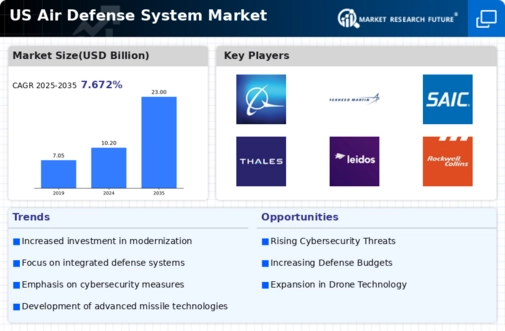
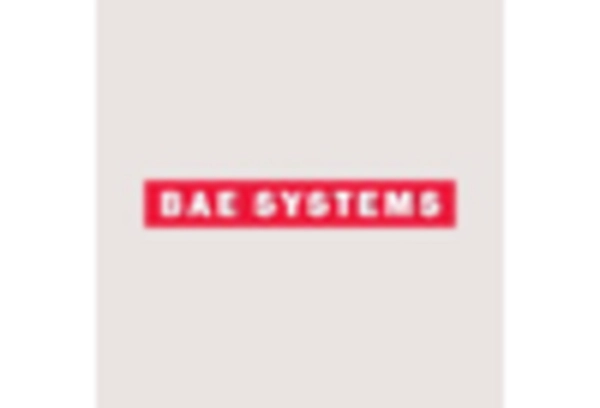

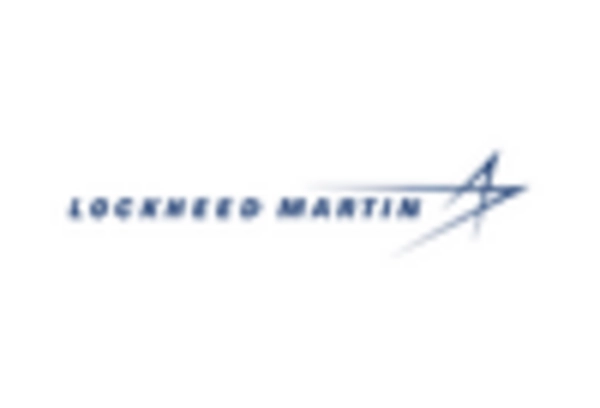
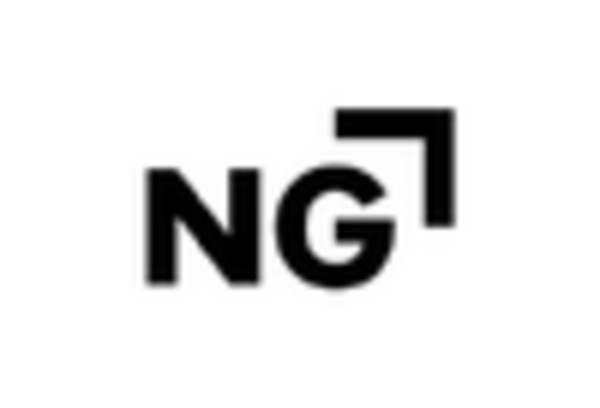
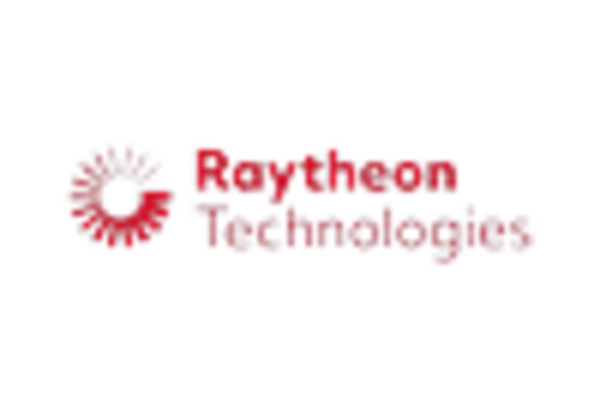
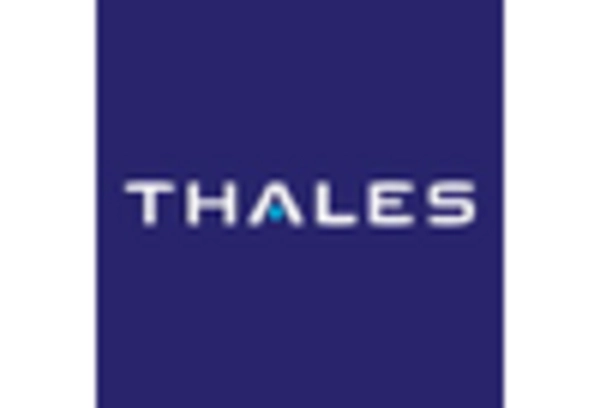








Leave a Comment